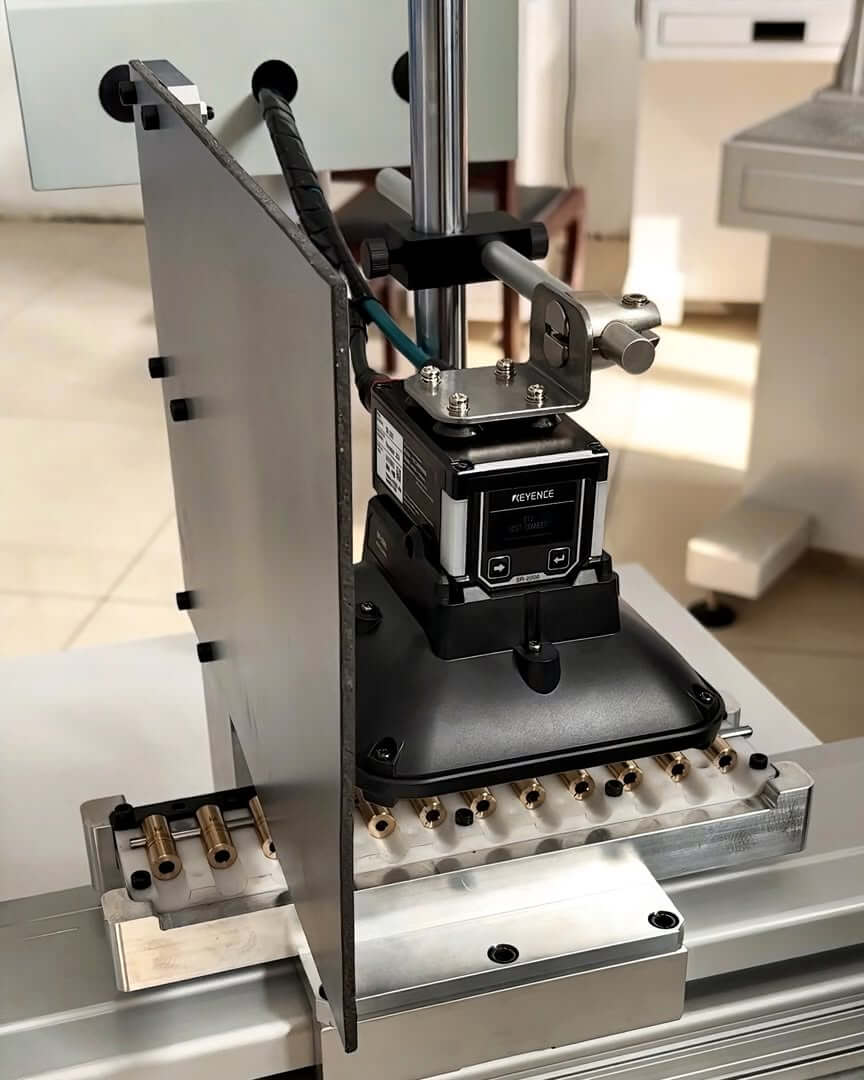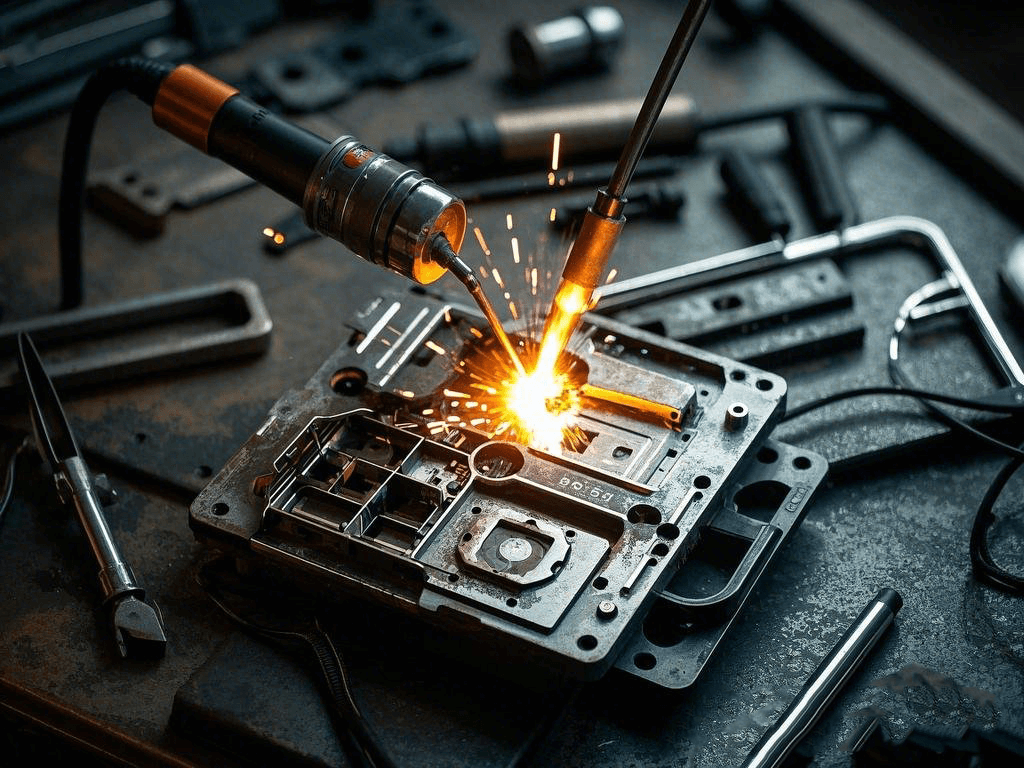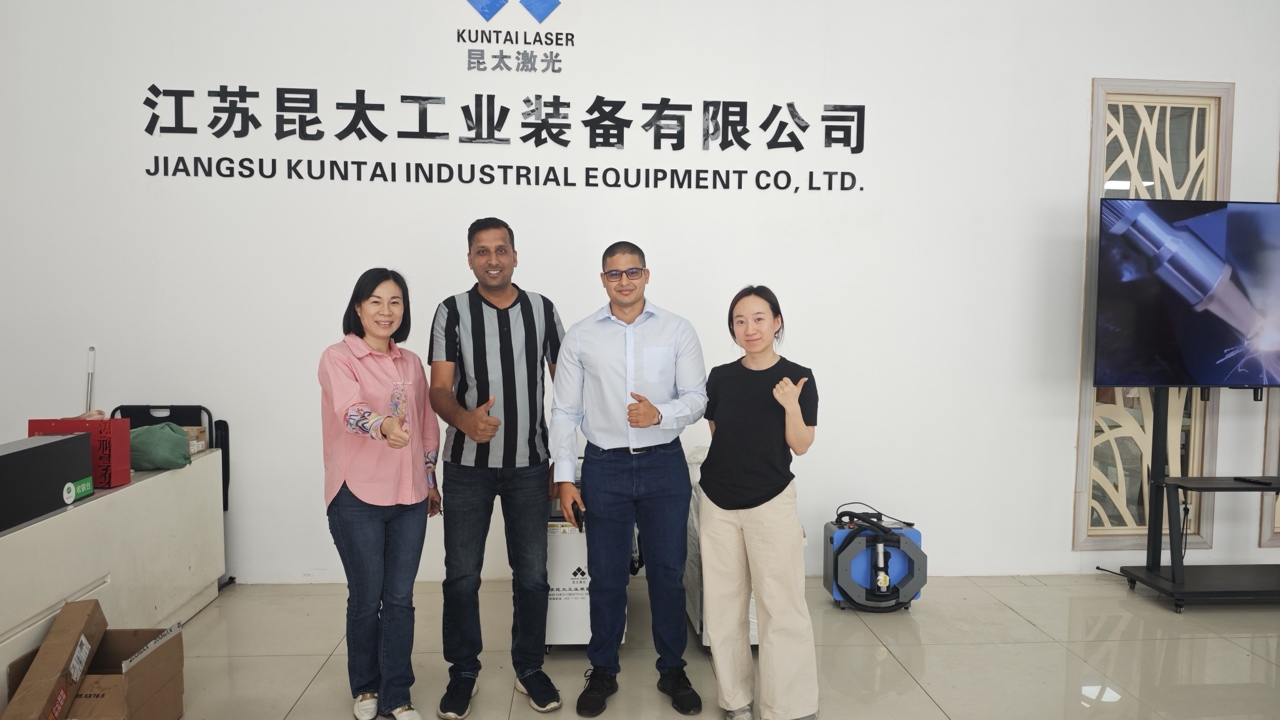Table of Contents
How Does a Laser Cleaning Machine Work?
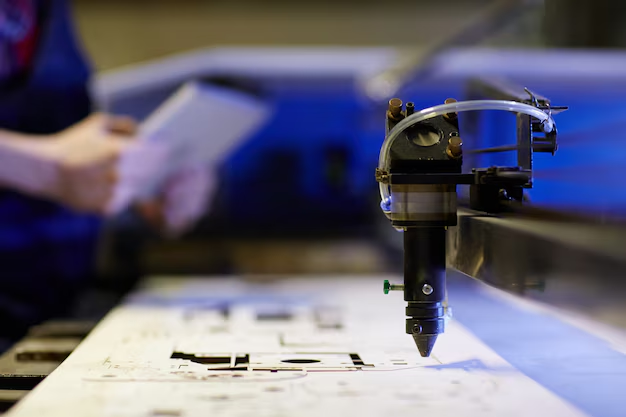
Laser cleaning machines serve as innovative industrial cleaning tools which use an environmentally friendly method to effectively eliminate contaminants from surfaces. Laser cleaning provides operators a contact-free process that omits the use of chemicals as well as abrasive cleaning materials. The following report will explain both the operational principles and technological features of these devices as well as the materials they clean alongside their benefits compared to traditional cleaning processes. Laser cleaning technology has transformed various industries by offering industrial and automotive manufacturers a safer method which achieves better precision than both harmful environmental procedures and dangerous material cleaning techniques.
What is a Laser Cleaning Machine?
Laser cleaning machines eliminate surface materials such as coatings while removing rust through the application of focused laser light beams. The laser cleaning technique produces heat and energy from powerful laser beams for surface treatment whereas conventional cleaning methods perform physical abrasion or chemical applications. High laser heat energy vaporizes or breaks the surface contaminants while preserving the original material underneath.
Non-Contact Cleaning Method
The key benefit of laser cleaning operations stems from its contactless working mechanism. The cleaning operation through laser beams does not make physical contact with surfaces due to which delicate materials remain free from harm. The nonsurface-contact attribute of laser cleaning makes it suitable for precision industrial applications including aerospace and electronics together with automotive production.
Types of Contaminants That Can Be Removed
The cleaning process using lasers successfully eliminates various types of contamination from surfaces. Different types of contaminants such as rust, paint, coatings, grease, oil and dirt represent common cases for laser cleaning treatment. Laser cleaning presents a versatile technique suitable for various material types since it can function with metals, plastics and composites. The industrial practice of using this process mainly focuses on removing rust from steel and iron surfaces.
Machine Components and Design
Laser cleaning equipment incorporates laser generators and focusing system optics as well as cleaning apparatus. A laser source develops the laser beam that targeting optics focus to create a point of contact on the surface. The cleaning head serves to deliver the laser beam exactly where it needs to go. These machines can be adapted to match different needs through customization according to particular usage needs between automated production systems and handheld systems.
Applications Across Industries
Businesses from numerous sectors currently implement laser cleaning machines as part of their operations. Surface preparation needs them for crucial support particularly during procedures involving welding and coating and painting activities. The operations of these machines extend to surface maintenance work and coating removal that occurs before welding and parts preparation before advancing to different stages of processing. The applications also include mold cleaning operations for metal products as well as the removal of industrial contaminants from mechanisms and the cleaning of intricate electronic components.
Principle of Laser Cleaning
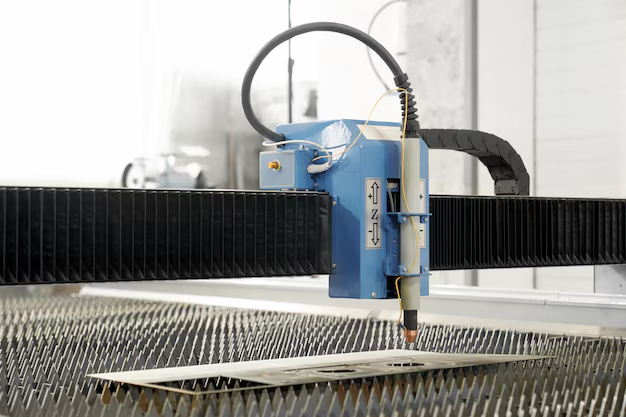
The laser cleaning process performs through laser ablation principles by transferring powerful beam energy to dirty surfaces. A strong laser beam releases energy bursts that absorb all contaminants found on the surface. The concentrated laser energy heats contaminants until their vaporization point is reached so they transform into vapor which can be eliminated from the surface.
Interaction Between Laser and Contaminants
The laser sends energy toward contaminants on the surface since they take in energy better than the underlying material does. Such energy absorption occurs selectively between the contaminant molecules so they detach from surfaces without affecting base materials beneath. During laser rust removal of steel surfaces the laser energy specifically targets the rust while preserving the underlying steel material. Degradable material remains fully intact because laser cleaning pairs well with sensitive materials that might be harmed during conventional processes such as sandblasting.
Precision and Selectivity
Laser cleaning operates with remarkable precision as its main characteristic. A laser has a fine-point focused beam that ensures accurate cleaning of precise areas. Advanced cleaning possibilities become possible with lasers because they enable cleaning of both complex designs and inaccessible areas where conventional cleaning would normally struggle. The adjustable settings of this laser device enable it to locate and eliminate specific contaminants that bring diverse value to cleaning operations.
Thermal Effects on the Contaminants
The laser heats contaminants at high speed to produce a rapid expansion that turns them into vapor. The fast temperature shift results in particular contaminants either cracking or separating from the surface. The laser energy separates surface bonds between paint or coatings so the contaminant can detach for easy removal. The thermal output from the laser remains essential for effective laser cleaning because it drives the removal process.
No Damage to the Substrate
The basic base material (substrate) functions unaffected during laser cleaning operations. The substrate needs higher amounts of energy for damage when compared to contaminants because its threshold is set at a superior level. The laser cleaning method efficiently removes contaminants such as rust along with paint and corrosion without damaging the basic material beneath. Maintaining high surface integrity takes priority in manufacturing industries.
How Is the Laser Cleaning Machine Cleaned?
Surface cleaning machines require regular maintenance of their systems because this practice guarantees machine efficiency and survival span. The cleaning procedures for laser cleaning machines focus on eliminating debris together with residue which accumulates within the laser path or on cleaning heads. Regular maintenance requires special attention to the air extraction system because it needs inspection for accumulation of dust along with any dirt materials.
Additionally, the laser optics need to be cleaned periodically to ensure that the laser beam remains focused and effective. Any optical lenses or mirrors should be inspected and cleaned with the proper materials to avoid scratches that could interfere with the laser’s performance. Regularly checking the cooling systems and ensuring that the machine’s power source is working optimally also helps keep the machine running smoothly.
Which Materials Can Be Cleaned with a Laser Cleaning Machine?
A broad range of materials receives efficient cleaning through laser cleaning machines due to their flexible operation. Laser cleaning machines have remarkable cleaning capabilities for metal surfaces, thereby making them standard in automotive and manufacturing, and aerospace fields. Multiple laser cleaning operators manage a variety of material,s among which steel and iron exist alongside aluminum, copper and plastic.
- Laser cleaning systems remove all forms of rust together with scale and paint from steel and iron materials in automotive and construction sectors.
- Laser cleaning tools provide the most suitable method for treating delicate aluminum components that might get harmed by conventional cleaning practices.
- The application of lasers permits effective removal of copper coatings and oxides from the material without resulting in material damage.
- The application of laser cleaning extends to selected composite and plastic materials which benefit the electronics sector that demands high precision during operations.
- Concentration settings on laser cleaning machines enable users to effectively target substances of different thicknesses that adhere to multiple kinds of materials throughout different sectors.
Advantages of Laser Cleaning Machine Compared to Ordinary Cleaning Machines
Laser cleaning machines generate superior outcomes than conventional cleaning systems. The main benefit of laser cleaning machines stems from their chemical-free water-free operation that enables abrasive-free processing without producing significant environmental side effects. As a result of this method the environment produces fewer waste products during the manufacturing process.
As a result of laser cleaning systems operating without contact the underlying materials remain shielded from damage. Only the contaminants receive laser beam-specific damage as the underlying substrate stays unscathed.
The laser cleaning process includes the following main beneficial features:
- The precise control capabilities of lasers make it possible to clean complicated as well as inaccessible locations.
- The method provides quick cleaning at a fast pace while operators can automate it for an endless stream of operations.
- The implementation of safety protocols during laser cleaning operations produces a safer system since hazardous chemicals and abrasives become unnecessary.
- Regular laser cleaning procedures become cost-efficient in the long term because they eliminate maintenance requirements alongside eliminating the need for replacements.
Traditional methods, including sandblasting and chemical cleaning, need longer processing times and cost more while causing environmental destruction to the materials under cleaning.
Conclusion
Laser cleaning machines have transformed surface cleaning operations through their efficient green solution to previously used traditional cleaning methods. The precise removal of contaminants without structural damage by these devices makes them suitable for diverse industrial purposes. Laser cleaning machines serve as high-tech solutions for rust removal as well as paint stripping tasks and surface preparation activities in an environmentally sustainable way. A future of technology development will propel laser cleaning technology toward its position as the standard industrial practice worldwide.
For more information on how laser cleaning machines can benefit your operations, visit Kuntai Laser.

